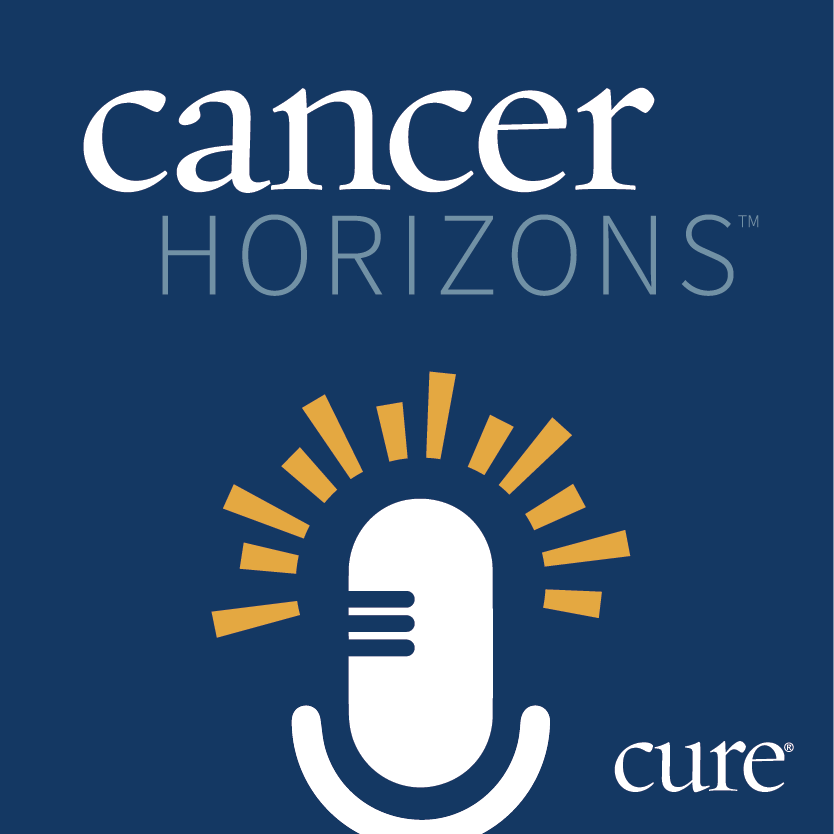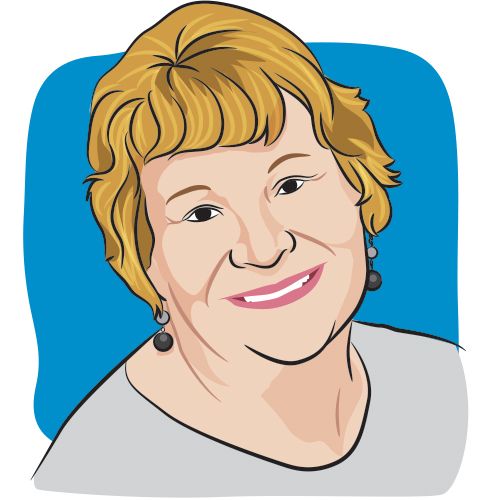Blog
Article
Going Off Medication for Lymphoma: Could It Be True?
Key Takeaways
- Advancements in blood cancer research have significantly improved survival rates and treatment options over the past 15 years.
- Calquence (acalabrutinib) has been effective, but side effects and new research suggest potential benefits of reducing or stopping the medication.
After living with lymphoma for 15 and a half years, my doctor has suggested reducing the dose of my medication and possibly taking me off of it.
Linda Cohen is a survivor of small lymphocytic lymphoma and was diagnosed in 2009. Catch up on all of Linda's blogs here!

I have had lymphoma for 15 and a half years — but who’s counting? I am! That’s for sure. When I was first diagnosed, I read everything I could about my chronic lymphoma. Back then, the average survival rate was said to be 10 years. That was many years ago. Recently, I decided to look again to see what’s being said today. Most sources now say that people can live for decades, especially if diagnosed early. That’s certainly a much more optimistic outlook than what I read 15 years ago. Blood cancers have benefitted from so much incredible research, leading to new treatments and medications.
I’ve been on Calquence (acalabrutinib) for two and a half years now. Some of you may be familiar with the new minimal residual disease (MRD) blood test. When my doctor first tested me, he told me it was so new that doctors weren’t even sure how to interpret it yet — there was no established protocol. I’ve now been tested twice, and thankfully, each time my numbers have gone down.
Three months ago, my doctor suggested I reduce my dose to one pill a day instead of one every 12 hours. I was hesitant, but he was concerned about some side effects, especially how easily I bruised. Then, at my most recent visit, he told me he’s actually taken some patients off the medication entirely because new research shows the cancer may not return for a couple of years. "It’s better to be off of it at this point, with your MRD number so close to zero," he told me. "It will come back, but you can always go back on it. Who knows how many years that will take? Being off the drug also has its benefits.”
Still, I felt scared.
I feel so good on Calquence — living a normal, productive life. I asked if we could wait three more months and do the MRD test again at my next appointment. I want to see what happens after being on a lower dose for a while. I wanted to see how my numbers were trending. My husband was ready for me to stop taking it, but my doctor heard my hesitation and agreed to wait until our next visit to decide.
Now, I find myself thinking about it all the time. Maybe this would be a good time to have my knee replaced since I’d have to stop the medication before and after surgery anyway; it acts as a blood thinner. Maybe I could start eating grapefruit again, one of the only foods I’ve avoided because it interferes with the medication. Maybe I won’t get as many infections — Calquence suppresses the immune system, and my white blood cell count is on the low side.
Writing CURE blogs helps me process all that I’m going through and I am starting to convince myself that I should take my doctor’s advice. Maybe now is the right time to stop this BTK inhibitor. It’s been killing not only my cancer B cells but all my healthy B cells as well.
I also want to emphasize how much writing helps me. That’s why I’m so grateful to my daughter, Jaime, for giving me my first ten-year journal over a decade ago. I’m now on my second one! It has just enough space for a few thoughts each day, with all 10 years listed vertically on one page. It’s not intimidating, and it’s so interesting to see what I wrote at this time last year — or even years before.
So, I’ll leave you with this recommendation: Buy a 10-year journal! (You can find them on Amazon.) And remember, buying a 10-year journal is a little like buying green bananas — it’s a sign of optimism.
For more news on cancer updates, research and education, don’t forget to subscribe to CURE®’s newsletters here.




